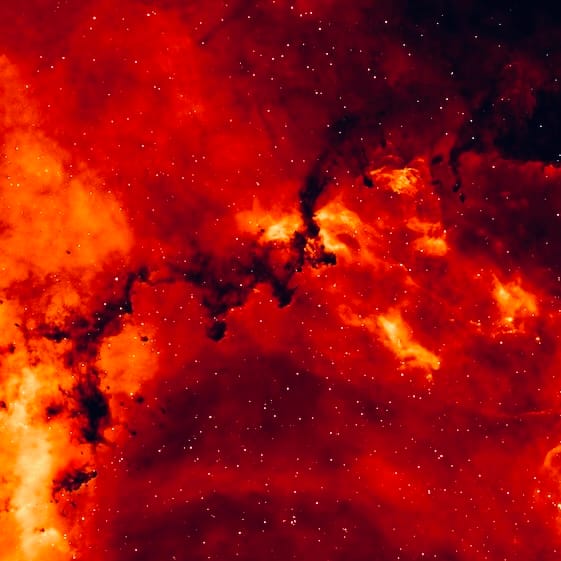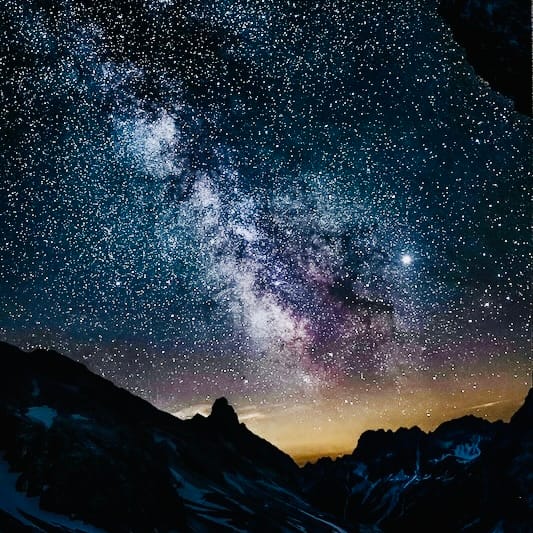
He who descended is the very one who ascended higher than all the heavens in order to fill the whole universe.
(Eph. 4:10)
How big is the universe? In 2013, the European Space Agency’s Plank space mission released the most accurate and detailed map of the universe’s oldest light. The map revealed that the universe is 13.8 billion years old…and because of the relationship between distance and speed of light…the earth is inside an observable sphere with a radius of 13.8 billion light years.
…a team of scientists at the University of Oxford did a statistical analysis of all (measurement) results. They found that the universe is at least 250 times larger than the observable universe, or at least 7 trillion light-years across.
http://www.space.com/24073-how-big-is-the-universe.html
How many galaxies are there? According to Mario Livio, an astrophysicist at the Space Telescope Science Institute in Baltimore, Maryland, thanks to the Hubble Space Telescope, an acceptable range is between 100 and 200 billion. And the universe is expanding faster than the speed of light and is accelerating its expansion.
https://www.space.com/25303-how-many-galaxies-are-in-the-universe.html
And how many stars are there? According to the European Space Agency, there are something like 1,000,000,000,000 in the Milky Way alone. Think: for every grain of sand on every beach in the world, there are one million stars in the universe.

How can we fathom the immensity of these numbers and distances? Clever William Blair from John Hopkins University has given us some solar system help as a place to start.
He says, imagine the distance from the earth to the sun (93 million miles, 150 million kilometres, eight light minutes) is compressed to the usual thickness of a sheet of paper. On this scale, the nearest star to the sun, Proxima Centauri, (4.3 light years) is at the distance of a paper stack 71 feet, or 21.6 metres, high.
The diameter of the Milky Way (100,000 light years) would require a 310-mile, or nearly 500 km, high stack of paper. The distance to the Andromeda galaxy (at 2 million light years, one of the most distant objects visible to the naked eye), our nearest spiral neighbour, would require a stack of paper more than 6000 miles, or 9500 km high.
On this scale, the edge of the universe, defined as the most distant known quasars, some 10 billion light years hence, is not reached until the stack of paper is 31 million miles, 50 million km high – a third of the way to the sun on the real scale of things.
https://blair.pha.jhu.edu/scale.html
Does that help, Beloved?

The heavens are Yours, and so is the earth. (Ps 89:11) The moon and the stars are the work of Your fingers, and You set them in their places. (Ps 8:3) Your own hand stretched out the heavens and marshalled the starry host. (Isa 45:12) The morning stars sing together while the angels shout for joy. (Job 38:7.) The universe was formed at Your command (Heb. 11:3) Jesus carried out Your creation plan and He holds it all together by His word. (Heb 1:2). He also made the stars (Gen. 1:16). You determined the number of stars and gave them their names. (Ps. 147:4) The sun, the moon, and the stars sing your praises. (Ps 148:3)
The heavens declare the glory of God; the skies proclaim the work of his hands. Day after day, they pour forth speech; night after night, they reveal knowledge. (Ps. 19:1-2)
I don’t need to know everything in order to praise the Almighty God who does. How unsearchable are His ways. (Rom. 11:33)
